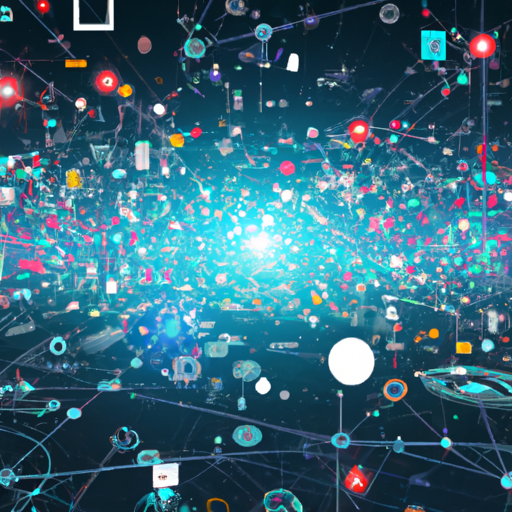Understanding image recognition: the future of visual data analysis
Image recognition is revolutionizing the way we interact with technology, making it an essential component in various fields ranging from healthcare to retail. At its core, image recognition involves identifying and processing images to extract meaningful information. This breakthrough in ai technology is transforming industries by automating tasks traditionally performed by humans.
The basics of image recognition
Before diving into the complexities, let’s start with the basics. Image recognition is a subset of computer vision and machine learning. It involves training algorithms to recognize patterns and features within images.
Imagine you’re teaching a child to recognize different types of fruits. You show them pictures of apples, bananas, and oranges repeatedly until they can identify each fruit correctly. Similarly, machine learning algorithms are trained on large datasets containing thousands or even millions of labeled images.
How does it work?
The process begins with feeding raw image data into the system. This data goes through several stages:
– Preprocessing: images are resized and normalized to ensure consistency.
– Feature extraction: algorithms identify key features such as edges, textures, and shapes.
– Classification: using these features, the system classifies the image into predefined categories.
For example, an algorithm might analyze an image’s pixel values to determine if it contains a cat or a dog. Over time, with more data and training iterations, the system becomes increasingly accurate.
Real-life applications of image recognition
The impact of image recognition extends beyond academic research; it’s making waves in various real-world applications:
– Healthcare: doctors use image recognition to analyze medical scans for early detection of diseases like cancer.
– Retail: retailers employ it for inventory management and personalized shopping experiences.
– Security: facial recognition systems enhance security measures at airports and other critical infrastructures.
These applications demonstrate how image recognition enhances efficiency and accuracy across different sectors.
The role of big data in image recognition
Big data plays a crucial role in advancing image recognition technologies. The availability of vast amounts of visual data allows algorithms to learn from diverse examples, improving their ability to generalize across different scenarios.
The importance of diverse datasets
Diverse datasets ensure that image recognition systems are not biased towards specific types of images. For instance, if a facial recognition system is trained only on images of people from one ethnic group, it may perform poorly on individuals from other groups.
By incorporating diverse datasets from around the world, companies can develop more robust and fair algorithms that work well for everyone.
Data annotation and labeling
Another critical aspect is data annotation and labeling. Human annotators tag images with relevant labels – like ‘cat’, ‘dog’, or ‘tree’ – which serve as ground truth for training machine learning models.
Accurate labeling is essential because any errors can lead to incorrect predictions by the model. Therefore, companies invest heavily in ensuring high-quality annotations through rigorous quality control processes.
Challenges and limitations in image recognition
Despite its many benefits, image recognition still faces several challenges:
Handling variations in images
Images vary widely due to factors like lighting conditions, angles, occlusions (when objects overlap), etc., Making it challenging for models to recognize objects accurately under all circumstances.
For instance,
A self-driving car must be able to identify pedestrians whether it’s sunny or raining heavily.
To address this challenge,
Researchers use techniques such as data augmentation (creating artificial variations) during training phases.
Privacy concerns
With advancements come ethical considerations too; particularly regarding privacy issues surrounding facial recognition technologies.
Many people worry about how their personal information might be used without consent.
To mitigate these concerns,
Regulations governing responsible use need implementation alongside technological advancements.
The future of image recognition technology
As we look ahead,
The future holds exciting possibilities for further advancements in image-recognition technology:
Integration with other ai technologies
Combining forces with other ai domains like natural language processing (nlp) could enable more sophisticated applications – imagine searching your photo library using voice commands!
Additionally,
Advancements in hardware capabilities will allow faster processing times enabling real-time analysis even on edge devices like smartphones or iot sensors.
Pushing boundaries with deep learning
Deep learning continues pushing boundaries thanks largely due convolutional neural networks (cnns) – specialized architectures designed specifically handling visual data efficiently effectively making them ideal choice many current state art implementations
In conclusion,image-recognition represents significant leap forward our ability understand interpret visual world around us as continue innovate refine these technologies their impact likely grow exponentially shaping future ways yet unimaginable

